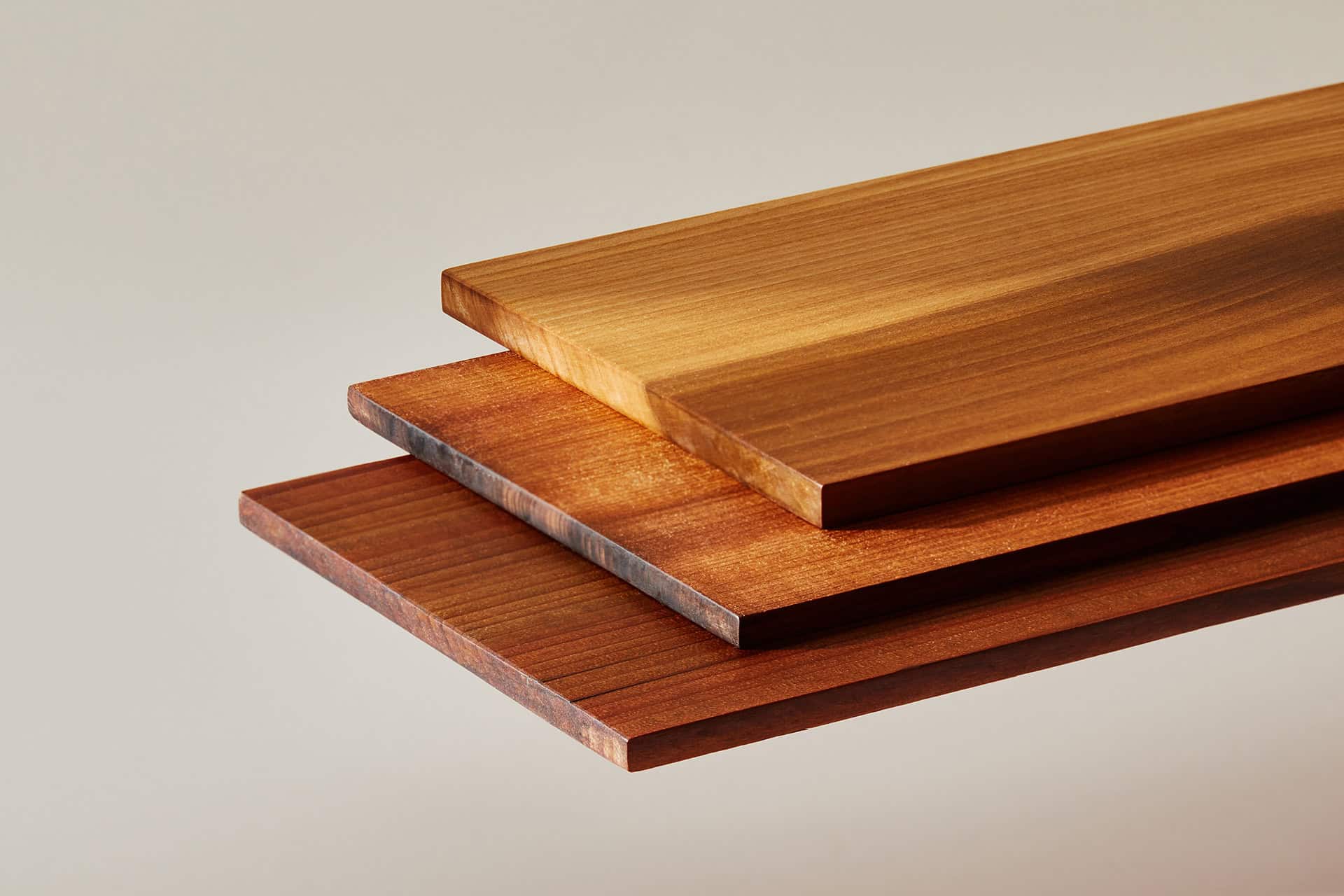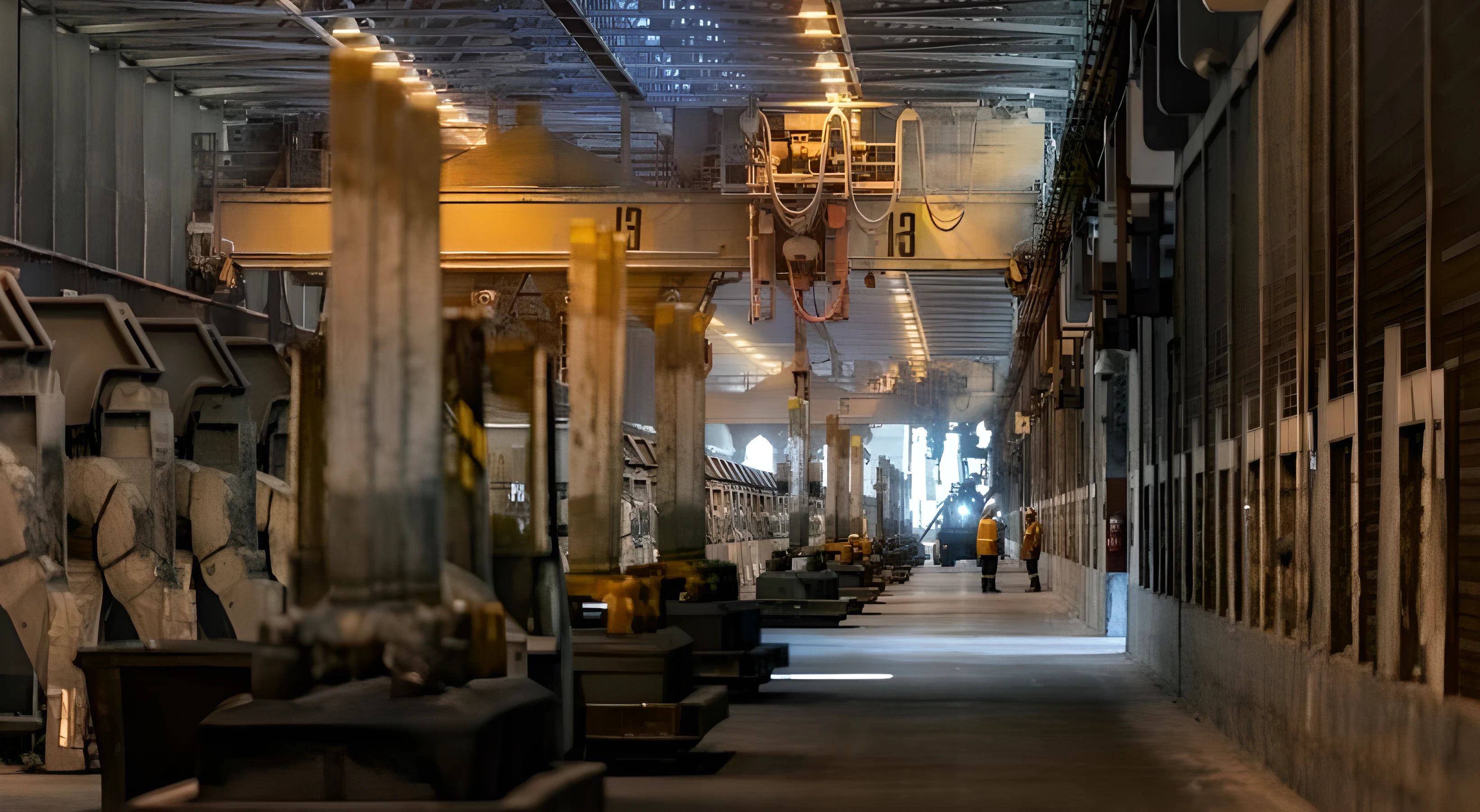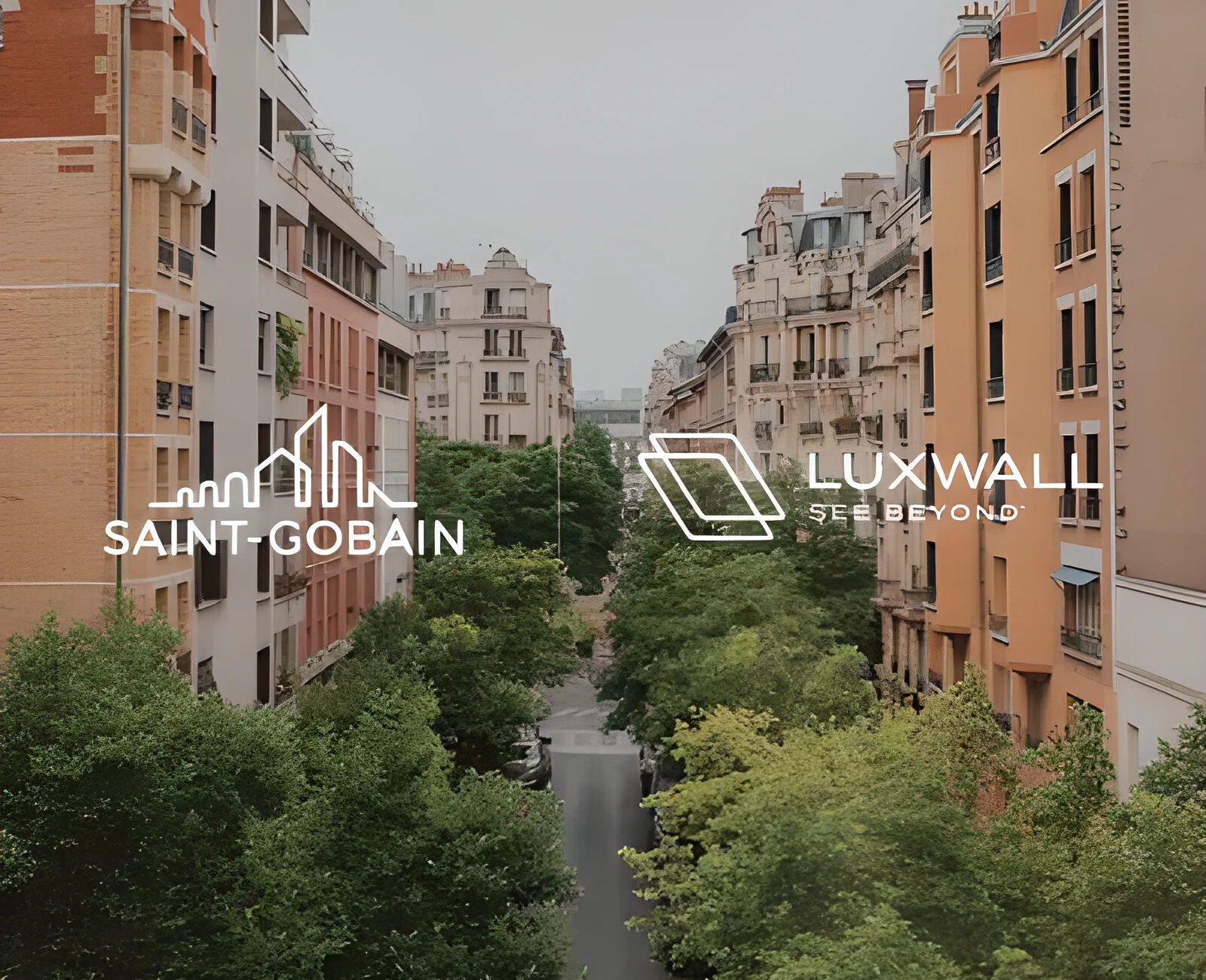The construction industry is on the brink of a material revolution. Engineers have developed a breakthrough material known as Superwood, an engineered wood that could rival and even surpass steel in performance, while dramatically cutting environmental impact.
Created through a process of chemical treatment and compression, Superwood is ten times stronger by weight than steel, yet six times lighter. Its unique structure makes it not only exceptionally durable but also resistant to fire, water, pests, and rot, issues that have traditionally limited wood’s role in large-scale construction.

For the building sector, the implications are enormous. Steel and concrete, the backbone of modern infrastructure, account for a significant share of global carbon emissions. Superwood offers a greener alternative, slashing up to 90% of the pollution associated with steel production. By tapping into a renewable resource and transforming it into a high-performance material, Superwood provides a viable pathway toward low-carbon buildings and sustainable cities.
Beyond sustainability, Superwood promises efficiency. Its lightweight nature could reduce transportation costs, ease installation on-site, and open new design possibilities for architects and engineers. From skyscrapers to bridges, Superwood could enable taller, lighter, and more resilient structures, without compromising safety or longevity.
Source: Glass Balkan







